Showing 97–112 of 278 results
-
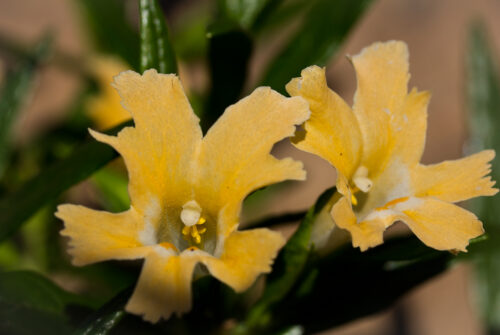
$7.70 – $15.70
Sierra bush monkeyflower Azalea-flowered monkeyflower is a low growing evergreen sub-shrub that grows to about 2′ tall and wide. There is no mistake in this variety name as this smallish shrub packs on a floristic punch. During the spring through fall it will be covered in large pale apricot flowers. These flowers also attract the…
-
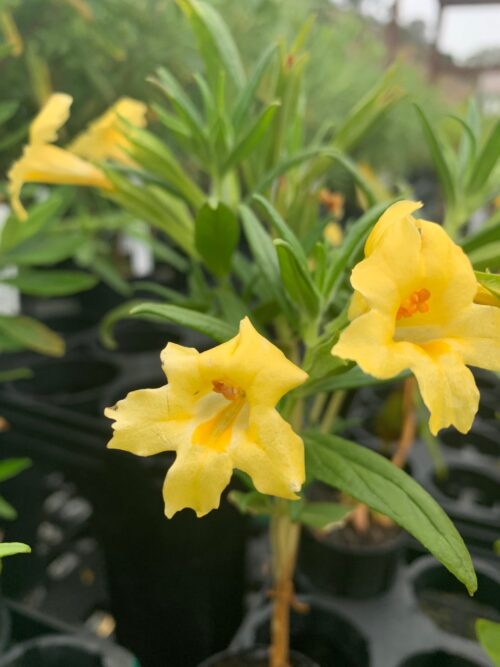
Southern Monkeyflower Southern Monkeyflower is a small sub- shrub that grows 1-3′ tall. The tubular flowers are lighter colored compared to our local sticky monkey flower that varies from light orange to yellow. A little shade bit of summer water will keep it more attractive and it will flower for months and months. Dead heading…
-
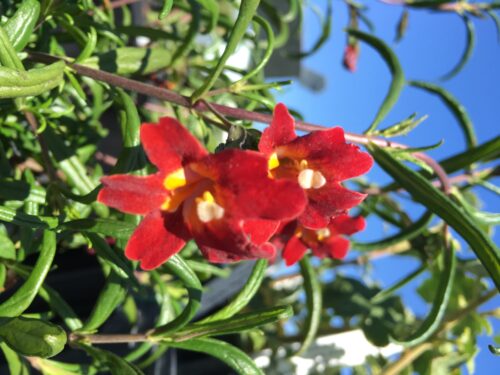
$5.78 – $15.70
Red Bush Monkeyflower Red Monkeyflower is a small, fast-growing shrub that reaches about 2′ tall. This southern cousin differs from our local orange flowered monkeyflower by producing bright red flowers. This glorious trumpet shaped flowers can last for most of the year (depending on rainfall pattern). This is great news for the humming birds that…
-
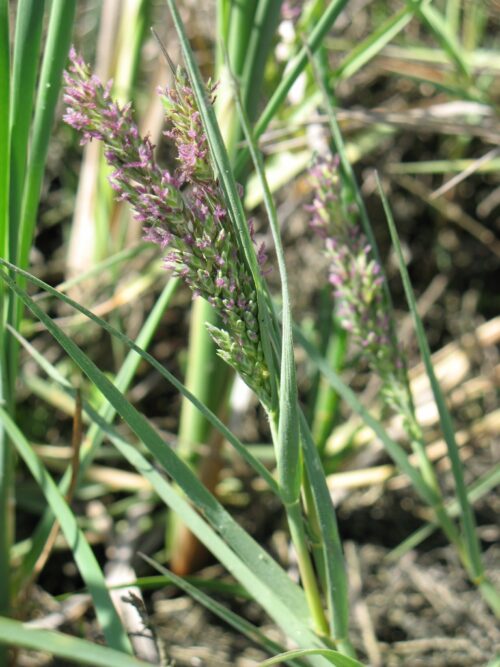
$1.65 – $7.30
Saltgrass This rhizomatous grass grows 6”-1′ tall and is the only host plant for the larvae of the wandering skipper butterfly, Panoquina errans. Space 15-24″ apart. Found in salt and brackish coastal marshes, this plant can tolerate poor, salty soil and will grow into large monocultures. It is an important food source for geese and…
-
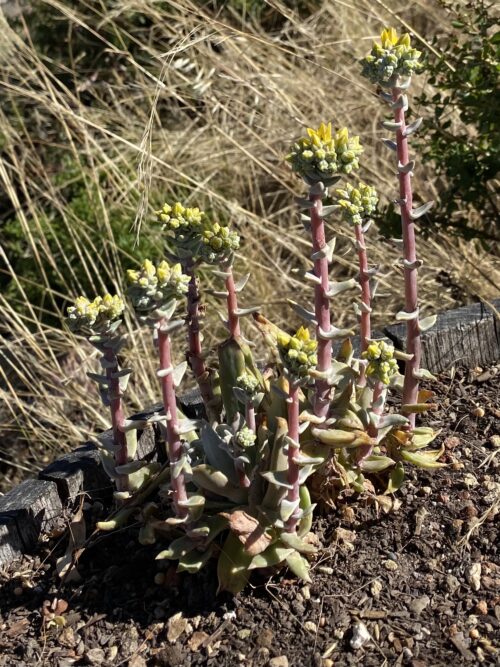
Coast dudleya Coast dudleya is a perennial succulent that grows along the coastline from San Francisco to Los Angeles. It starts as a rosette with pale green finger like fleshy leaves. In the spring through summer spikes of yellow-orange flowers appear followed by hummingbirds to drink their nectar. A nice addition to a drought tolerant…
-
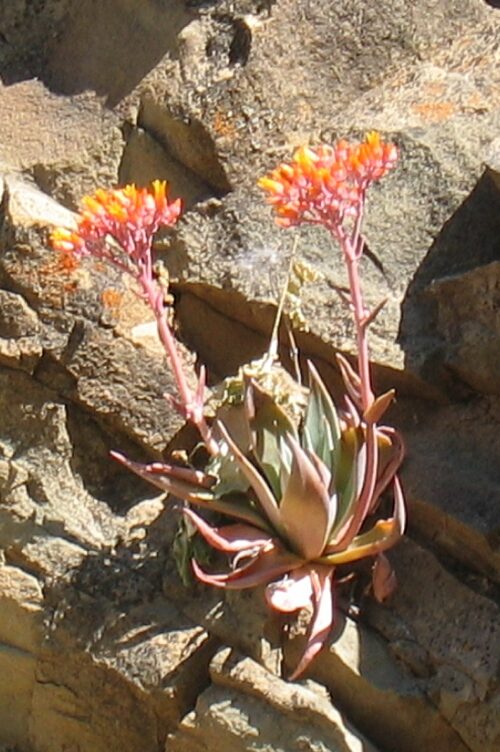
Rock Lettuce This colorful succulent is found in rock areas in the low elevations of the California mountains. It will grow to about 12″ tall. The red-orange stems are topped with yellow-red clusters of flowers that attract hummingbirds from March through July. Dudleya cymosa is also the larval host plant for the Sonoran blue butterfly….
-
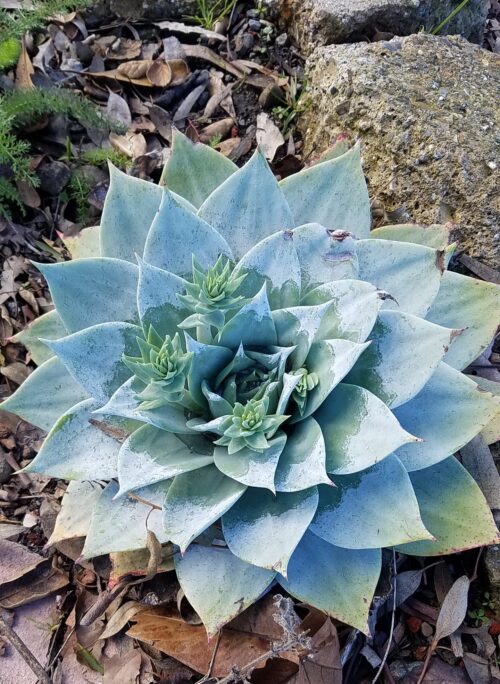
$7.15 – $7.90
Chalk dudleya Dudleya pulverulenta is an evergreen compact succulent that grows 1-2′ wide. The spike of red flowers occurs May through July. These spikes are very striking against the whiteish stalks and leaves. Hummingbirds are very attracted to the flowers. A lovely addition to a rock garden or in a container. Make sure to provide…
-
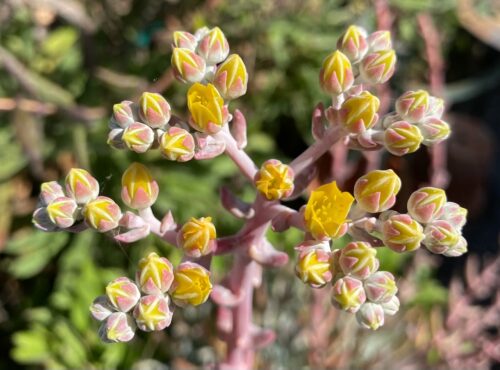
Bright Green Dudleya Bright Green Dudleya is a succulent perennial that is native to Catalina Island. It spreads slowing forming clump around 4 feet across. It is a rare plant with a limited distribution. Space 6-12″ apart. Yellow flowers appear in the spring, attracting hummingbirds. It will do best with well drained soils or conditions…
-
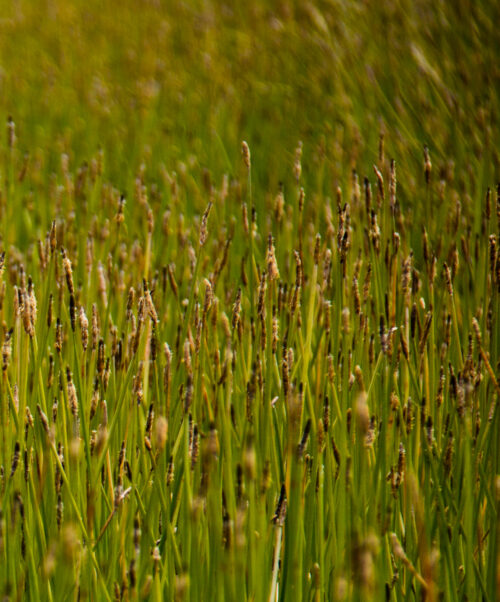
$0.55 – $8.80
Spike rush This is a rhizomatous perennial generally reaching heights between 1.5-3′. Pale spikerush is a plant of varied moist habitats, including freshwater lakes and brackish marshes and ponds, ditches, vernal pools, and wet meadows. It has bright green erect stems and straw-colored basal leaves. That would provide a lush boarder around a backyard pond….
-
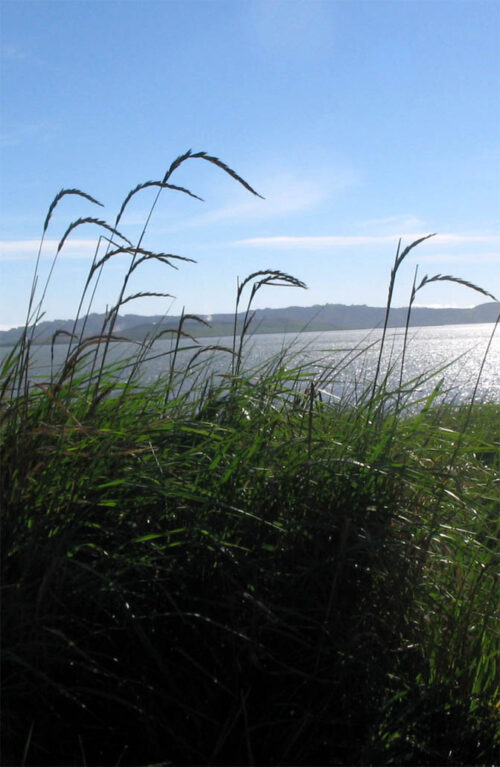
$0.53 – $7.70
Creeping wild rye This long-lived semi-evergreen, spreading perennial grass grows 1.5 to 4′ tall. Near riverbanks, this native great for erosion control because of its rhizomatous growth habit. Also, it tolerates trampling and mowing. It has been a superstar at out-competing some invasive weeds. One of our more common riparian understory grasses, this grass stays…
-
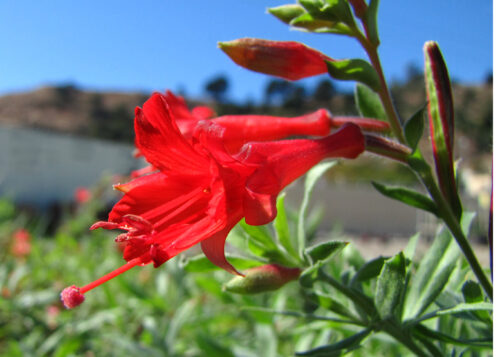
$4.95 – $14.50
California fuchsia This attractive herbaceous perennial grows 1.5 feet tall and 2 feet wide. Space 36-48″ apart. In the garden it is well-suited in containers, rock gardens, informal gardens, and cascading down rock walls. It is particularly stunning when planted on a rocky slope nestled between boulders. A terrific hummingbird plant, California fuchsia blooms during…
-
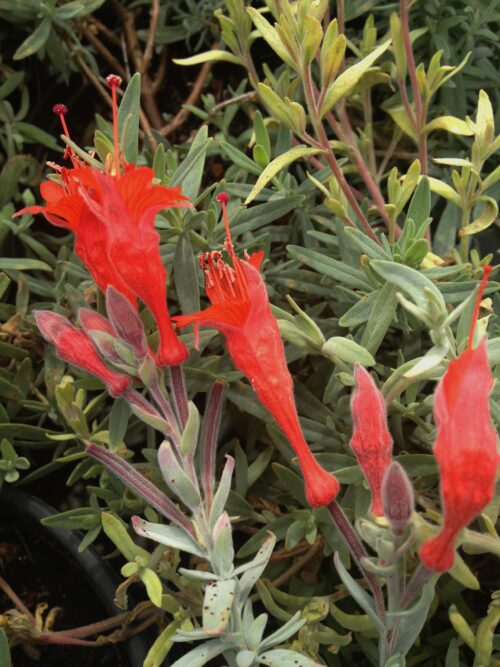
Carmen’s Grey Ca. Fuchsia Carmen’s Grey is a semi-decidous perennial. It will grow about 2′ tall and 4′ wide. The dense, furry gray foliage is carpeted with tubular red-orange flowers in late summer and fall, frequented by nectar seeking hummingbirds. Full sun, not much summer water once established, well-drained soil. Will work well as a…
-
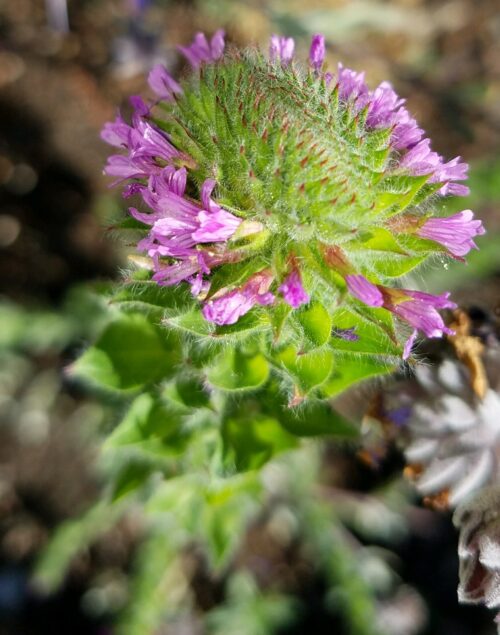
$7.30
Dense spike primrose Dense Spike-primrose is an erect annual with stems that often exceed 3 ft. in height. In the summer hairy, leafy, densely flowered inflorescences bloom with striking pinkish purple flowers. Sometimes the petals are nearly white with dark veining. This species is a great addition to bird, hummingbird, and butterfly gardens! The bright…
-
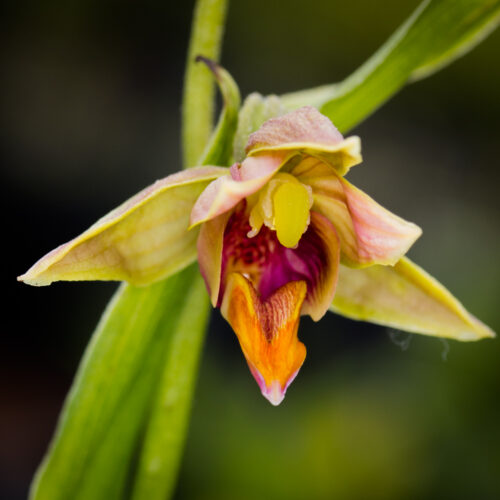
$13.20 – $14.50
Stream orchid This rhizomatous perennial orchid grows from 12-18” tall. The beautiful showy flowers are the largest flowers of all the California native orchids. This California stream orchid grows in permanently wet soil and so it makes a beautiful and well behaved addition to any bog. The Landscape uses are abundant. Plant near waterfall, ponds,…
-
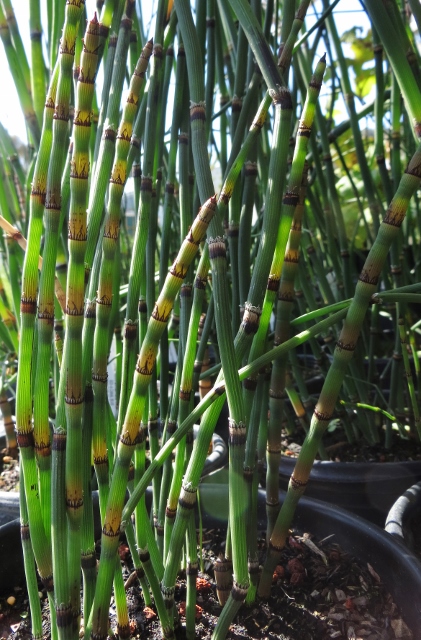
$11.75
Smooth scouring rush This prehistoric relative of the fern grows throughout much of North America. Early settlers and Indians used scouring rush scouring and polishing pots and pans, hence the name “scouring rush”. The grittiness comes form the high silica content of the plant cells. Often forming clonal colonies of plants, the root system consists…
-

$2.48 – $10.90
Mock heather Mock heather or California goldenbush is a small mounding, evergreen shrub that grows to about 3 feet tall and 3-4 feet wide. The golden colored flowers cover the plant in late summer into fall providing late season color, pollen and nectar. It grows best in sandy soils as it’s native to sand dunes….
















